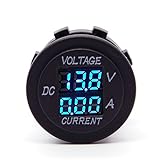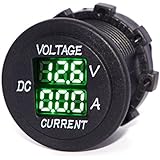You sure you don't want lights or a starter? I thought you were going to build this plane to sell it, no lights or starter would really narrow your market, especially if you're rigging the panel IFR.
I have considered adding a starter, lights, and the equipment to make it a night IFR aircraft.
BUT: It's cost prohibitive, upgrading to a Dynon Glass, complete system will cost more than the aircraft will ever sell for.
The name of the game in Variezes is keep them light so they can go fast. The major portion of the V/EZs do not have starters, the owners don't mind hand propping them.
The Canards do not like rain and bad weather, this aircraft does not have the Rontz canard, which is a bit more forgiving of rain, but still not a great aircraft to take into the clouds. So the question became "Why equipped it to do that?" So if you are not going that route, why not go 100% the other way? (day VFR)
So far I have dumped a non working auto pilot, 2 mags & harnesses, a rats nest of wires to support the Blue mountain EFIS the VHF radio and transponder plus a heavy Cessna alternator. We will replace them with dual electronic ignition, and a B&C 12.8 alternator net weight savings of about 10-15 pounds.
Other than the basic VFR day required instruments, What else would I need?
The radios I have selected are the new German electronic light weight, 2.125" instrument hole VHF with a 2 place intercom and Transponder which includes the ADS/B in and out ready. (also fits a 2.125" hole) For cross country uses Stratus and my iPad, with the proper App, like FF or ?
any suggestions will be considered.

Light, sweet, simple and cheap. Try to remember we do try to make a profit. Plus you know there isn't a reader/member here that would pay the money that it would require to add the Dynon.


